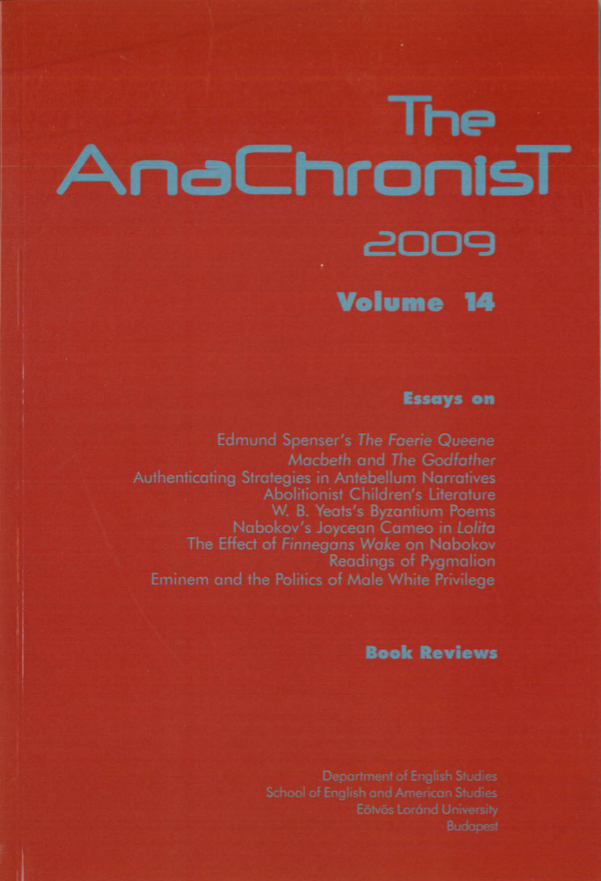Portraits of Piety
Authenticating Strategies in Slave Narratives and Two Antebellum African-American Novels
DOI:
https://doi.org/10.53720/KDTT3978Abstract
This paper first examines the use of authenticating devices in the antebellum slave narratives and then goes on to analyze how the these authorial strategies are carried over from African-American autobiography into two fictionalized autobiographies from the 1850s. In particular, the paper argues for including portrayals of black religious belief as one of the many generic strategies used by antebellum slave narrators to convince their potentially skeptical audience that they were reading "the real thing." In investigating how authenticating strategies are incorporated into Harriet Wilson's Our Nig (1859) and Hannah Crafts's The Bondwoman's Narrative (1855-61?), the relative artistic success of the two writers is evaluated and the implications of borrowing techniques from autobiography for fiction discussed. By looking at texts from the 1850s, a decade when the slave narrative reached its height in popularity and the first fictional works in African-American literature were being composed, a glimpse is gained into a transitional moment in black writing.

